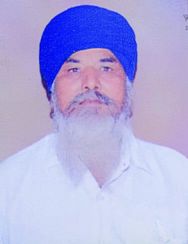
New York
With a new gene editing method that uses light, scientists can modify functions of genes more precisely, a new study says.
"This method may allow people to engineer genes in cells or animals with better spatial and temporal control than ever before," said researcher Alexander Deiters from University of Pittsburgh in the US.
The improved control over the time and location at which a gene would be manipulated may help eliminate "off-target effects", Deiters said.
Since 2013, scientists have used a gene-editing tool called CRISPR/Cas9. The method employs a bacterially derived protein (Cas9) and a synthetic guide RNA to induce a double-strand break at a specific location in the genome. This enables excision of a gene, alteration of its function, or introduction of desired mutations.
In practice, the CRISPR (Clustered Regularly Interspaced Short Palindromic Repeats of DNA base sequences) method has shown tremendous promise to enable researchers to treat cystic fibrosis and sickle-cell anaemia, create laboratory animals that mimic human disease, and create a strain of wheat resistant to powdery mildew.
In the new study, the researchers have found that a lysine residue (lysine is an amino acid) in Cas9 can be replaced with a light-activated analog.
The new approach generates a Cas9 protein that is functionally inactive, so called "caged," until the cage is removed through light exposure, activating the enzyme and thereby activating gene editing.
"Previously, if you wanted to knock out a gene, you had limited control over where and when it would happen. Engineering a light switch into Cas9 provides a more precise editing tool. You can say, 'In this cell, at this time point, is where I want to modify the genome," Deiters noted.
The study was published in the Journal of the American Chemical Society. — IANS



























